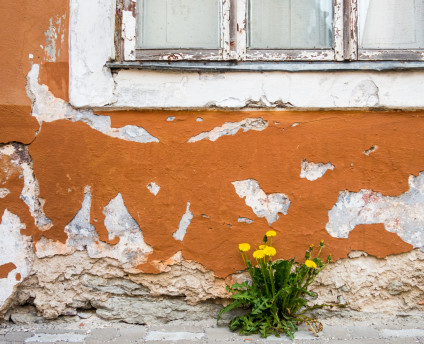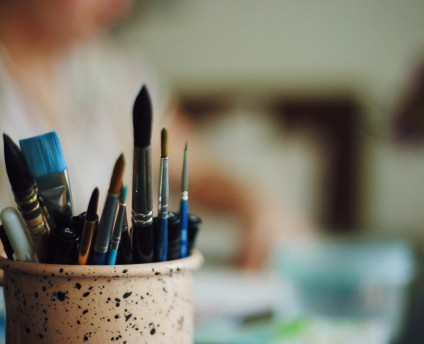SOMATIC INTERVENTIONS
People often want to develop greater understanding of why they are experiencing certain symptoms such as flashbacks, panic attacks, negative thought patterns, low mood and hypervigilance. I have found it helpful to understand the important links between the brain and the body. I can help you begin to manage what’s going on in your body and how this relates to mental health. I may use guided visualisations, deep breathing and other somatic interventions to help you learn to regulate your nervous system. Learning how to feel safe in your body, how to learn to sit with uncomfortable stress responses until they pass and for some people, learning how to feel safe with other people, are probably the single most important aspects of mental health. I have drawn much inspiration from the work of trauma specialists such as Arielle Schwartz, Bessel van der Kalk, Janina Fisher and Peter Levine.







